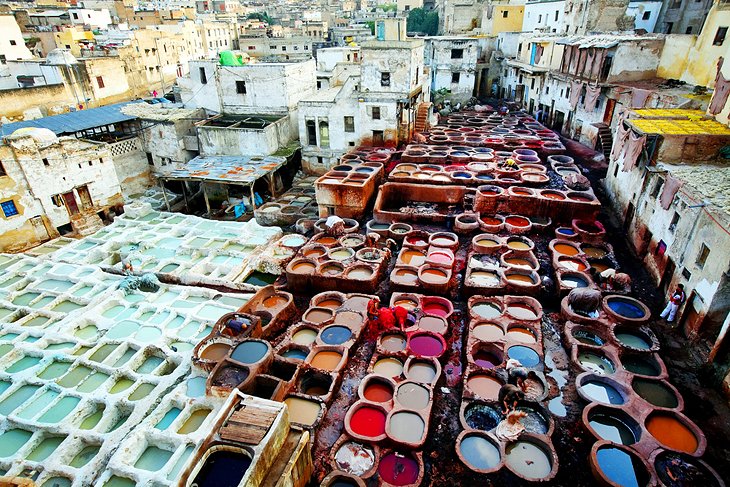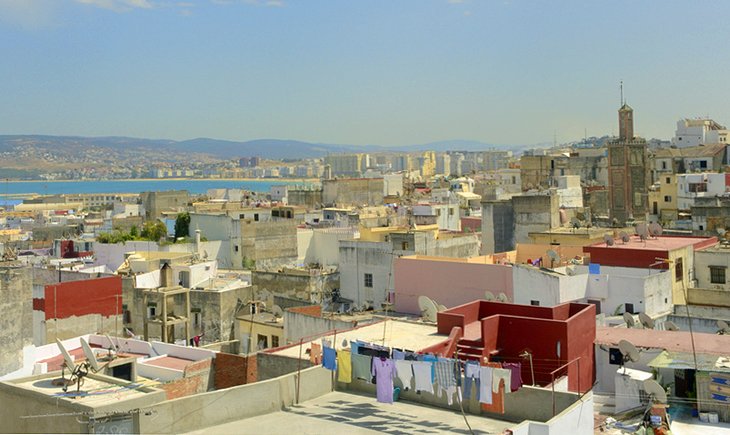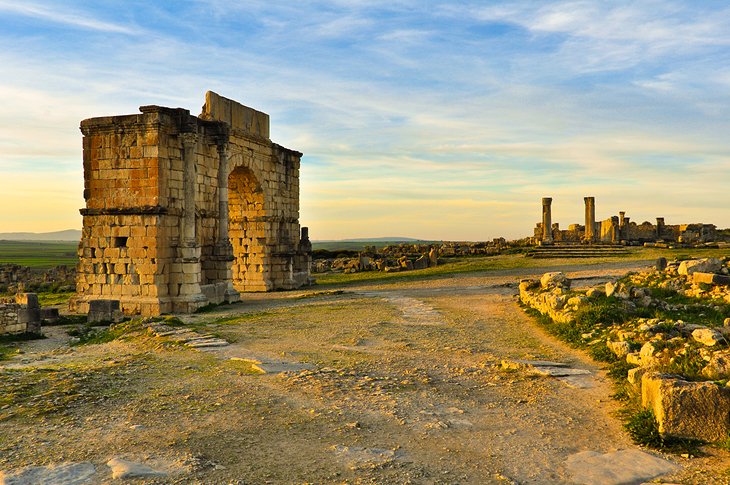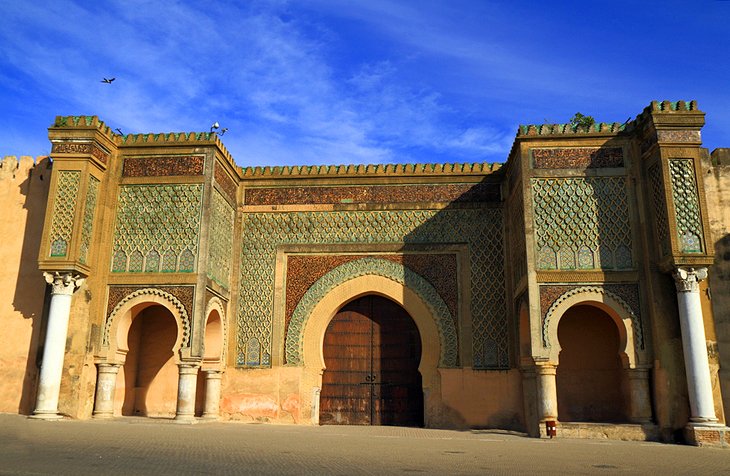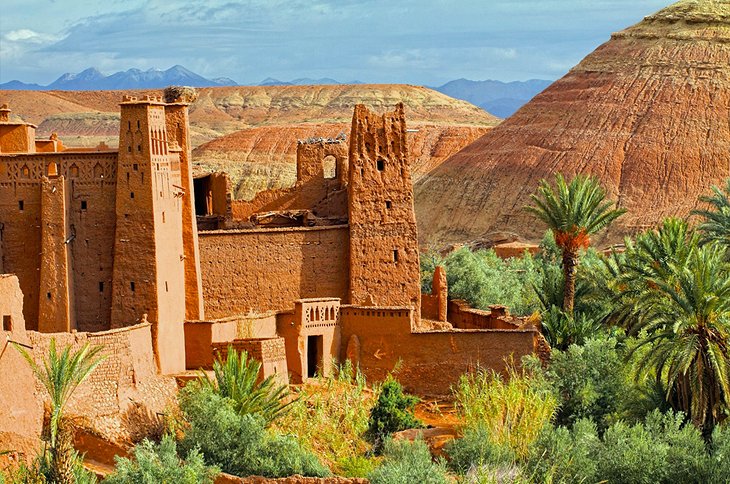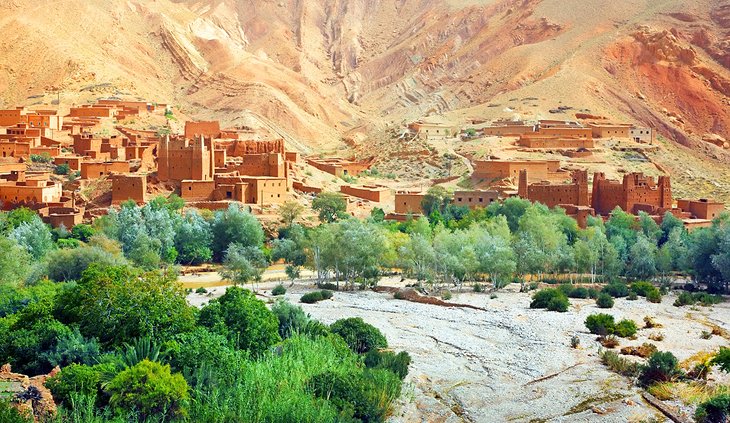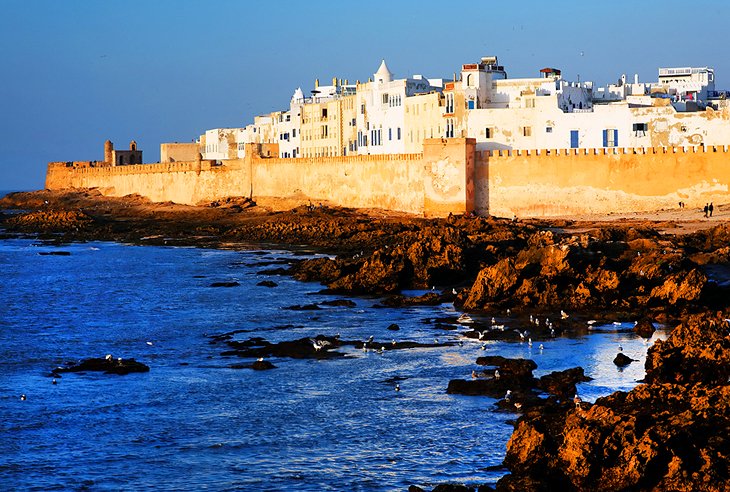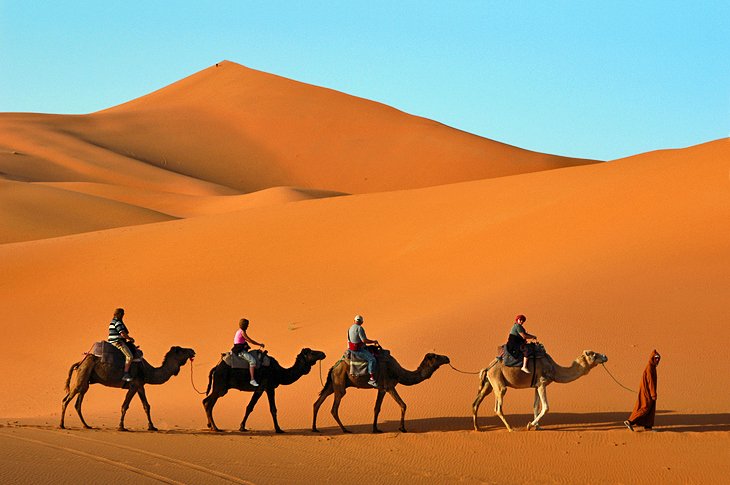Amsterdam is considered the Venice of Northern Europe thanks to its beautiful network of canals. The capital of The Netherlands is also a world-class cultural center with an openness and tolerance for alternative lifestyles and coffee shops sans espresso.
Amsterdam Centraal Station (CS) is at the heart of the city and can easily be reached from Schiphol airport within 15 minutes. Miss the train? Not to worry – they run every ten minutes. The Centraal Station’s impressive Neo-Renaissance building has a unique location. Situated on three man-made islands, themselves resting on over 8,000 wooden piles that have been driven deep into the sandy soil. Several canals that have recently been added to the UNESCO Heritage list surround the train station.
Amsterdam Highlights: Consider Amsterdam a life-sized dollhouse. The charming 17th century historical atmosphere makes the whole city seem intimate. Small-scale buildings, little gathering squares and narrow streets add to the Lilliputian allure.
Yet the city has the highest museum density in the world. Van Gogh is likely Holland’s most famous artistic son, and his eponymous museum here has many famed works from the tortured, earless artiste. The Rijksmuseum ranks as one of the worlds finest, and includes masterpieces from Rembrandt and Vermeer. The Holland Pass provides free entry into the Rijksmuseum.
There are a few ways to get around this city of tulips: Take a canal bus, which uses a hop-on/hop-off system similar to a tour bus. With 14 stops near top tourist attractions. If you want to travel more like a local, rent a bicycle and get lost in the city’s maze of culturally diverse neighborhoods.
Top Day Trips from Amsterdam
Delft |
| The East Gate of Delft. Photo © NBTC |
A city of blue, of orange, of light. All artistically represented in this charming and historic town. Delft has two train stations, one in the city center and Delft Zuid, about a 20-minute walk from downtown.
A home port of the Dutch East India Company, the town quickly developed in the Dutch Golden Age. This period spanned the 17th century, when the Dutch became the most acclaimed society in the world thanks to their prowess in trade, science and art.
You can still see this prowess on parade at the Delft Blue Porcelain Factory. This is the last remaining Delftware factory from the 17th century where the distinctive blue and white earthenware is still produced by skilled craftspeople. The building houses a museum, a factory, a garden and café where you can enjoy high tea served in original Delft cups and saucers. You can view the traditional production process plus paint your own Delft tile under the guidance of a master painter.
While wandering the streets and canals of Delft, you may be struck by the soft light and the interplay of color. Local artist Johannes Vermeer certainly was, and his city provided plenty of inspiration for the few canvases he created during his lifetime. The Vermeer Centre offers a visual voyage of discovery through the artist’s life, work and city.
The Hague
 |
| The Peace Palace in The Hague. Photo © NBTC |
Next door you’ll find The Mauritshuis Museum, located in a 17th-century palace. One of the best art houses in The Netherlands, the building holds the city’s former Royal Picture Gallery, including a collection of paintings by the Dutch Old Masters. Het Paleis, a former royal townhouse, was recently converted into a museum dedicated to the famous Dutch graphic artist M.C. Escher.
Children and adults alike adore the miniature city of Madurodam. Featuring all the highlights of The Netherlands but on a 1:25 scale, the city is composed of typical Dutch buildings and landmarks around the country.
What can’t be duplicated is The Hague’s prime location on the North Sea. Travelers from all over Holland come to Scheveningen Beach to relax and play. The Pier, the largest in the Netherlands, has a 200-foot lookout tower, bungee jumping, a casino and restaurant.
Lisse:
 |
| The Keukenhof (garden of Europe) in Lisse, The Netherlands. Best place to see tulips in Holland. Photo © NBTC |
The flower parade Bloemencorso Bollenstreek is held through the streets of town and is a fragrant fiesta. In August, the fantasy festival Castlefest is held in the gardens of Castle Keukenhof. For a historical overview of the Dutch’s bulb boom, be sure to visit the Museum De Zwarte Tulp (Black Tulip Museum).
Haarlem
 |
| The polders of Holland. Haarlem, The Netherlands. Photo © NBTC |
The Dutch Golden Age also made Haarlem into a center for the arts. You can see the city’s finest works on display at the Frans Hals Museum. With more than a dozen works by Hals himself, the museum also has art from the 15th century to the present.
Another of Holland’s lesser known museum gems, the Corrie ten Boom Museum is similar in theme to the Anne Frank house, but still furnished, making it easy to see what life was like for those that lived there during the war. Stand in the “hiding place” where Jews were hidden from the Nazis, and see the “all-clear” sign used to indicated when it was safe to come and go. Truly an eye-opening destination.
Rotterdam:
 |
| Rotterdam’s unique Cubic Houses. Photo © NBTC |
The thrust toward modernity is on display in the architecture around the city. The Kijk-Kubis – or Museum House, is a fully furnished showcase house among an unusual collection of cube-shaped homes. The Kunsthal Rotterdam is designed by famed avant-garde architect (and native son) Rem Koolhaas. The museum stages some 25 exhibitions a year in a wide range of disciplines: new art, design, photography, and frequently experiments with themes never seen before. Like lingerie.
For aural art, the annual North Sea Jazz Festival is held every second week of July. Founded by a wealthy businessman and jazz lover, the fest began in 1976 and has grown to 15 stages, 1,200 artists and nearly 25,000 visitors a day, and is known for the many musical styles it presents.
Just east of Rotterdam, the windmills of Kinderdijk are one of the most beloved and best-known Dutch attractions and a UNESCO World Heritage Site. Accessible by boat, you’ll learn more about their fascinating history while on board.
Utrecht
 |
| Canal tour in Utrecht, The Netherlands. Photo © NBTC |
In between the city’s superb shopping that line the canals, you can visit myriad cultural attractions including the Dick Bruna Huis, the beloved creator of Miffy, the sweet little bunny cartoon.
An unusual museum is the Speelklok, which presents and restores an internationally renowned array of self-playing mechanical musical instruments. Park Lepelenburg is a calming respite in town with its botanic gardens, as is the Wilhelminapark.
Maastricht
 |
| Shopping in Maastricht. Photo © NBTC |
Or head below ground to the Casemates, an underground network of tunnels built as shelter for guns and cannons. For centuries, the famous Caves of St. Pieter were used to quarry marl, creating an underground labyrinth with over 20,000 passageways. These turned out to be very handy hiding places for residents during WWII sieges.
Back above ground, shop, eat and wander at the Inner City – Maastricht’s main shopping district. Winner of numerous design awards, the Entre Deux is a recenly-rebuilt center that includes a bookstore located inside a former 13th century church. The British newspaper The Guardian deemed it the world’s most beautiful bookshop.
Hoorn
 |
| Hoorn, The Netherlands photo courtesy of © Elisa Atene. http://www.flickr.com/photos/elisa_atene/8504623816/ |
Enkhuizen
 |
| Enkhuizen, The Netherlands photo courtesy of © die.tine. http://www.flickr.com/photos/die_tine/4961055204/ |
With a Eurail Benelux Pass, you can visit not just Amsterdam, but take numerous day trips and visit the top cities in The Netherlands. Think traditional towns filled with tulips and windmills, modern architectural wonders and historical monuments. This pass also covers Belgium and Luxembourg, both filled with bountiful charms. Three countries. One pass. Get on your wooden shoes and walk around the wonder.
Article shared from: http://www.raileurope.com/blog/11004-top-cities-in-the-netherlands




























































